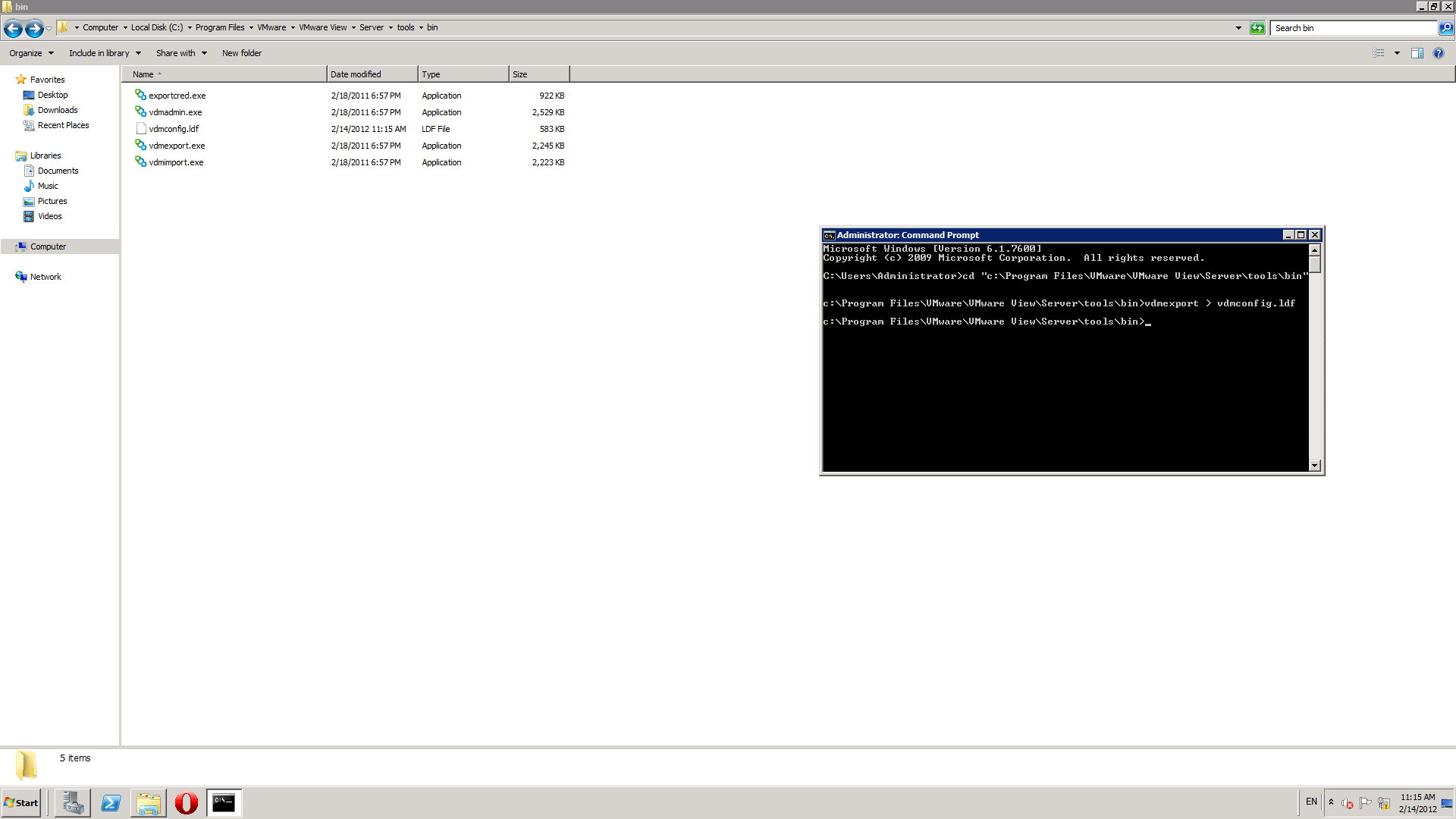How to Backup Server Configuration?
Backing up server configuration is a crucial process that helps you keep your server data and settings safe. In the event of a system failure or data loss, you can quickly restore the server’s functionality using the configuration backup. In this article, we’ll show you how to properly back up your server configuration and what tools to use for this.
1. Using the rsync Utility
The rsync utility is one of the most popular tools for creating data backups on a server. To back up your server configuration using rsync, run the following command:
rsync -avz /etc /path/to/backup/folder
This command will copy all files and folders from the /etc directory to the backup folder you specify. You can also use various rsync parameters to configure the data copying process.
2. Using the tar Tool
Another popular tool for creating data backups is tar. To create a backup of your server configuration using tar, follow these steps:
tar -cvf backup.tar /etc
This command will create a backup.tar file, which will contain all the files and folders from the /etc directory. You can use various tar options to configure the data archiving process.
3. Using Cloud Services for Data Backup
If you don’t have enough space on your server to store backups, you can use cloud services for data backup. Services such as Google Drive, Dropbox, Amazon S3, etc., provide the ability to store data in the cloud.
To back up your server configuration using a cloud service, you need to configure a connection to the selected service and upload your data backup there.
Conclusion
Creating a backup of your server configuration is one of the key steps in ensuring the security of your data. Regardless of the backup method chosen, it is important to regularly perform the backup process to be confident in the integrity and availability of your data when needed.





